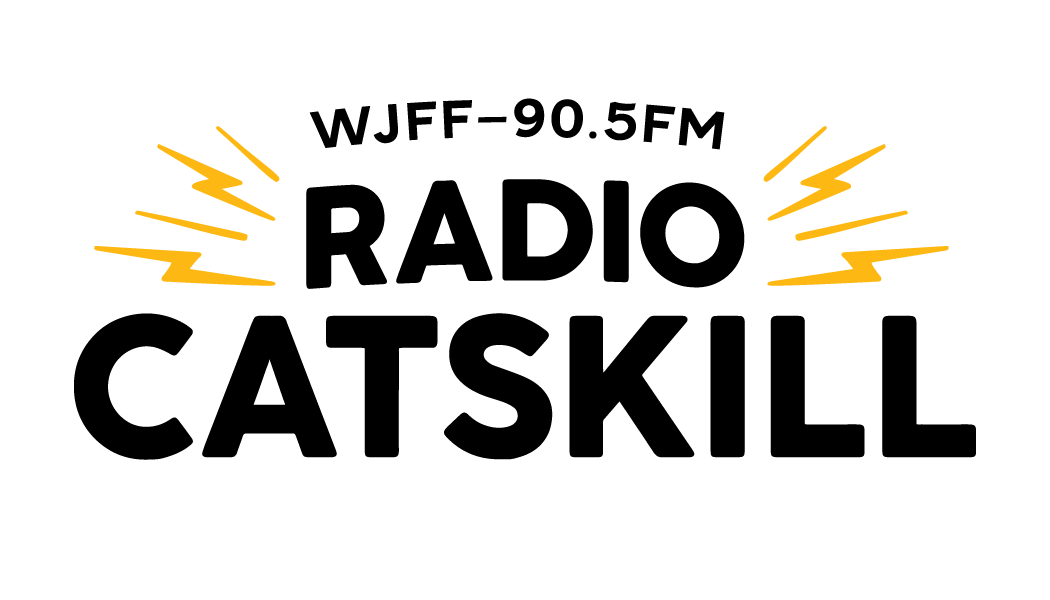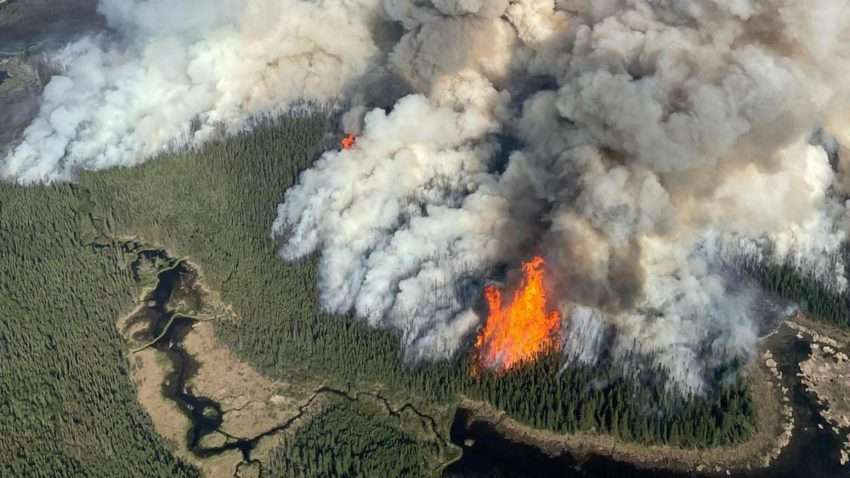As smoke from Canadian wildfires once again drifts across the U.S., impacting air quality for millions, and major blazes burn in the West, communities are being forced to confront the far-reaching effects of these disasters.
To help us better understand how to prepare for and respond to these increasingly frequent and complex emergencies, we spoke with Dr. Njoki Mwarumba, Assistant Professor of Emergency Management at SUNY Empire State University, whose work sits at the critical intersection of emergency planning and public health.
“There’s never really a single reason or cause,” said Dr. Mwarumba. “Wildfires are part of natural ecosystems, but what we’re seeing now is convergence—human-made conditions, fuel buildup, hotter-burning fires, longer seasons, and less time for recovery.”
Wildfires Are Getting Worse—Here’s Why
Dr. Mwarumba pointed out that while fires have always been part of forest ecosystems, today’s fire patterns are changing dramatically. Fires are now:
- Burning hotter and spreading more widely
- Occurring more frequently
- Extending fire seasons and shortening recovery time
These shifts, she said, are being driven by a combination of drought conditions, increased fuel loads, and changing weather patterns—many of which are tied to climate change.
“What used to be a seasonal pattern is now a threat multiplier,” she said. “Drier conditions extend fire seasons, which then disrupt ecosystems and strain emergency response systems.”
Smoke Knows No Borders
Even when the flames are hundreds of miles away, wildfire smoke poses serious health risks. The hazy skies across the Northeast this week are a stark reminder.
“The smoke doesn’t respect national or state boundaries,” Dr. Mwarumba said. “It travels with air currents, carrying fine particles that pose a real threat to respiratory health—especially for children, the elderly, pregnant people, and those with asthma or other conditions.”
She emphasized the importance of regional and international cooperation in responding to cross-border disasters like wildfire smoke.
Are Emergency Systems Keeping Up?
With repeated air quality alerts, some people may start to tune them out—a phenomenon known as alert fatigue. That’s why, Dr. Mwarumba said, communication needs to be both clear and accessible.
“We need to use multiple channels—yes, smartphones and apps—but also radio, road signs, billboards, and community announcements,” she said. “Not everyone is online. We can’t assume a one-size-fits-all approach.”
Dr. Mwarumba stressed the need for sustained public education, especially when the threat is invisible or delayed.
Coordinating Response Across Borders and Agencies
From local fire crews to federal agencies and even international partners, wildfire response requires layers of coordination.
“The work doesn’t start at ignition,” she said. “Planners, ecologists, and emergency managers are studying fire behavior year-round. They’re training, simulating, and investing in pre-disaster mitigation.”
In remote or protected areas, like national parks or Indigenous lands, response becomes even more complex.
“Access is limited. There may be cultural or historical preservation mandates,” she explained. “It’s vital to have respectful, pre-existing relationships—especially with sovereign nations—before disaster strikes.”
The Role of Climate Change
Dr. Mwarumba was clear: climate change is contributing to escalating wildfire activity.
“We’ve seen rising temperatures, more droughts, and more severe fire seasons. Whether you call it climate change or another name, the data shows a shift in patterns,” she said. “It’s shortening recovery time and making the job of emergency managers even harder.”
Investing in Resilience
The most effective response, Dr. Mwarumba said, is preparedness—before disaster hits.
“Every dollar spent on mitigation saves seven to eight in recovery,” she said. “And that’s not even counting the cost in lives and suffering.”
That means investing not just in equipment and personnel, but also in public communication, community planning, and equitable outreach to vulnerable populations.
A New Reality
As wildfires become more frequent and smoke events more common, Dr. Mwarumba said it’s time for everyone—individuals and institutions—to shift their mindset.
“Fires are part of the ecosystem. They’re here to stay,” she said. “It’s up to us to understand the risks, learn how to stay informed, and protect our health and communities.”
Her final advice? Find your trusted sources of information—whether it’s a local radio station, a family member, or your county emergency office—and stay engaged.
“Awareness is part of resilience. This is our new reality, and we all have to adapt.”
Image: Wildfires have forced thousands of Canadians to evacuate their homes in 2025. (Credit: Government of Manitoba)

